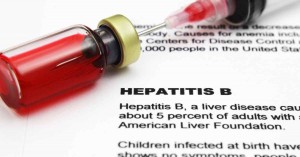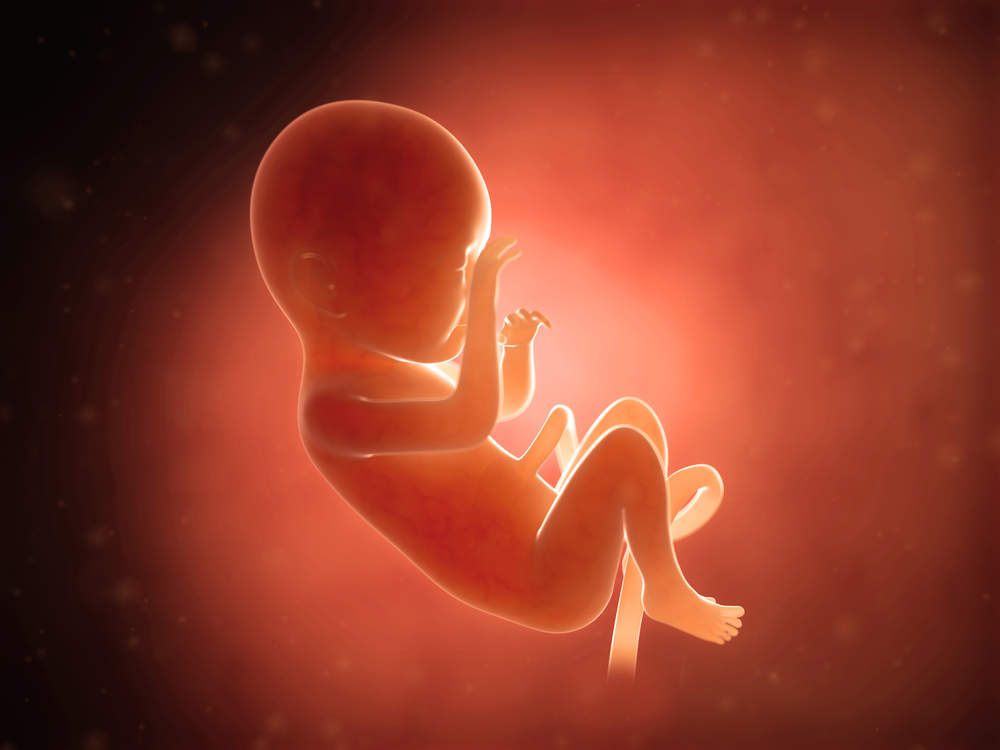 A new study on the evaluation of the clinical efficacy of different immune interventions on mother-to-child transmission (MTCT) of hepatitis B virus (HBV) entitled “Immunization interventions to interrupt hepatitis B virus mother-to-child transmission: a meta-analysis of randomized controlled trials” was published in BMC Pediatrics by Hui Jin and Yueyuan Zhao, first co-authors of the study from Southeast University in China.
A new study on the evaluation of the clinical efficacy of different immune interventions on mother-to-child transmission (MTCT) of hepatitis B virus (HBV) entitled “Immunization interventions to interrupt hepatitis B virus mother-to-child transmission: a meta-analysis of randomized controlled trials” was published in BMC Pediatrics by Hui Jin and Yueyuan Zhao, first co-authors of the study from Southeast University in China.
Hepatitis B virus (HBV) infections cause 1 million deaths worldwide per year. As a result, antiviral therapy is crucial to improving the prognoses of HBV patients. The two main goals in antiviral therapy for chronic hepatitis B virus infection are to obtain a virological response, untraceable levels of HBV DNA in the serum, and hepatitis B e antigen (HBeAg) seroconversion (HBeAg serological response). Several studies have shown that among newborns from mothers who were hepatitis B surface antigen (HBsAg)-positive, 10–20% were infected with HBV, while among newborns from mothers who were HBsAg- and hepatitis B e antigen (HBeAg)-positive, 90% were infected with HBV. The implementation of HBV vaccines (HBVac), the use of hepatitis B immunoglobulin (HBIG) and HBVac, termed passive-active immunization, has been efficient for the prevention of mother-to-child transmission (MTCT) of HBV.
In this study, the research team analyzed different immune approaches presented in the literature from Chinese and English electronic databases to prevent intrauterine, i.e. mothers injected with HBIG during pregnancy, and extrauterine, i.e. newborns injected with HBVac and/or HBIG. The authors analyzed 25 and 16 reports, respectively, on intrauterine and extrauterine prevention. They found that intrauterine prevention could reduce the HBV infection rate in children (RR = 0.36, 95% CI: 0.28-0.45) and increase their anti-hepatitis B surface-positive rate (RR = 2.42, 95% CI: 1.46-4.01) during birth. When compared with passive immunization, the passive-active immunization could reduce HBV infection rate in children (RR = 0.66, 95% CI: 0.52-0.84) during birth and still older than 12 months of age (RR = 0.54, 95% CI: 0.42-0.69). When a subgroup analysis was conducted, it showed comparable results except for pregnant women who were hepatitis B surface antigen–positive. The authors are aware of several limitations of their study including the fact that intrauterine prevention included only Chinese studies and thus limits the generalization of the results to other countries.
The authors concluded that the long-term protective effect of pregnant women injected with hepatitis B immunoglobulin during pregnancy should be additionally validated by large-scale randomized trials and newborns of pregnant women with HBV should be submitted to a passive-active immunization strategy.

